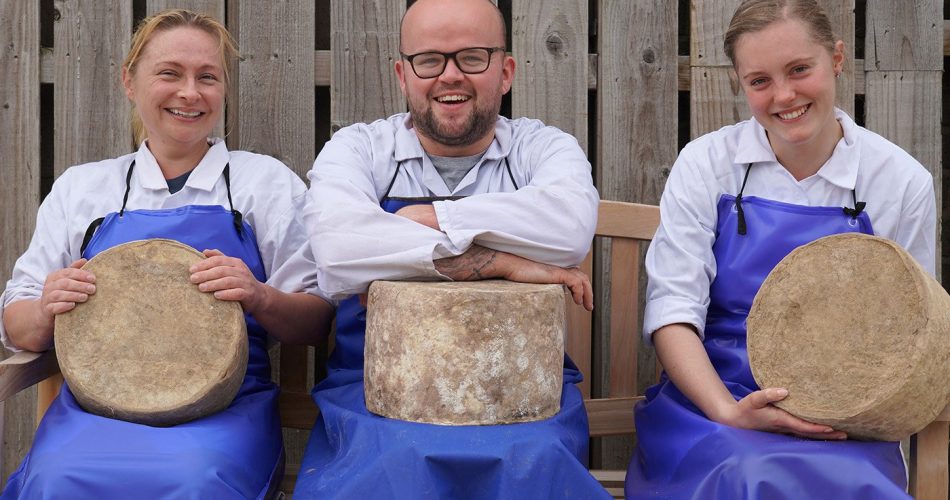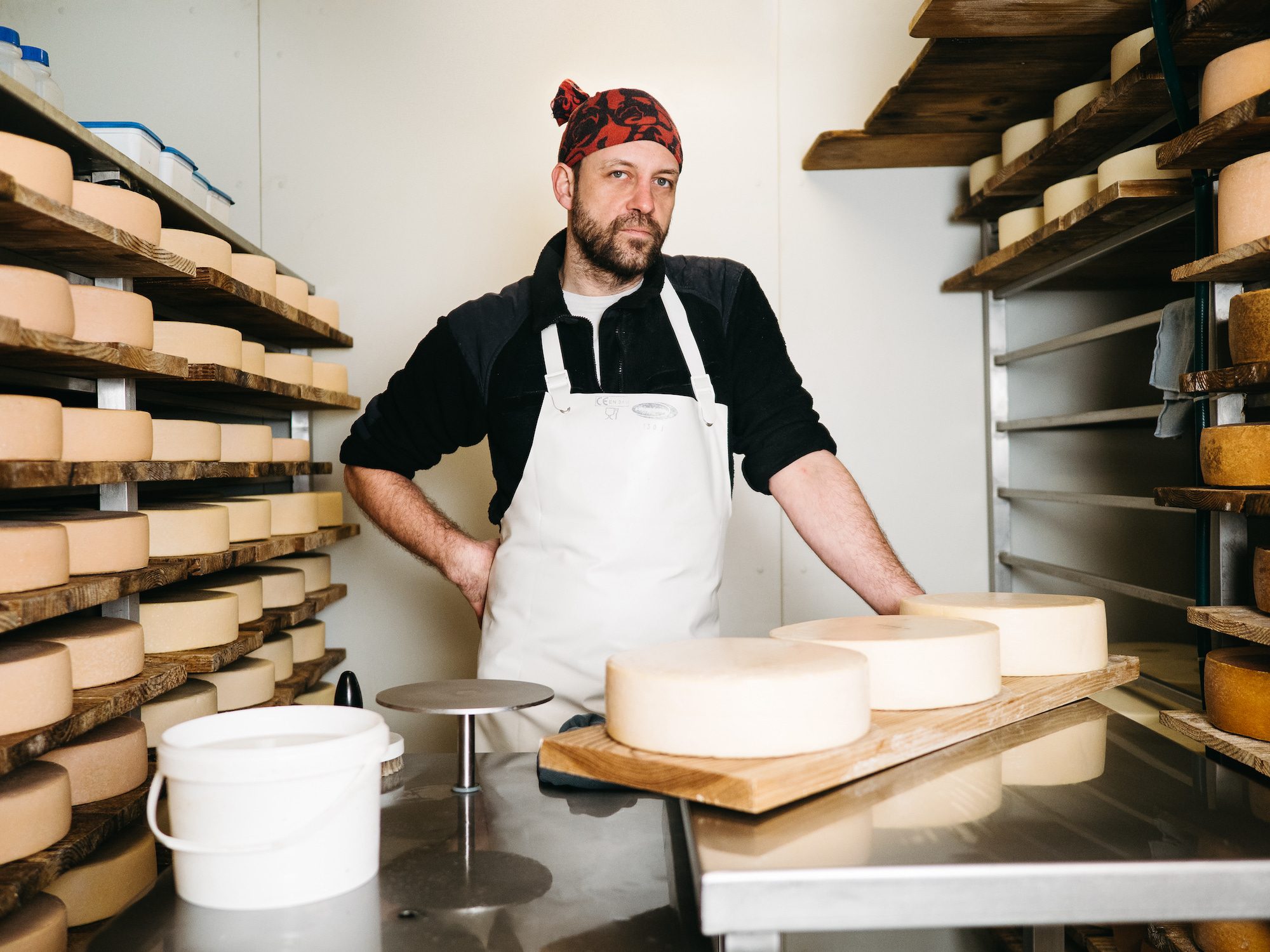Unlocking the Keys of Artisanal Cheese Making: A Step-by-Step DIY Overview
In the realm of culinary craftsmanship, artisanal cheese making stands as a testament to the delicate balance between tradition and innovation. As we embark on this journey to demystify the art of creating elegant cheeses, we are faced with a tapestry of skills and secrets waiting to be unraveled.
Selecting the Right Milk
When getting started on the journey of artisanal cheese production, the choice of milk plays an essential duty in identifying the quality and attributes of the final item. The type of milk selected affects the flavor, structure, and generally account of the cheese.
When selecting milk for cheese production, it is essential to consider the fat material. Greater fat material in milk can cause a creamier and richer cheese, while lower fat web content may bring about a drier and firmer structure. Additionally, the source of the milk, whether from cows, goats, lamb, or buffalo, contributes unique tastes and characteristics to celebrity (Melbourne Made Cheese). Each kind of milk brings its very own subtleties, permitting a large range of cheese varieties to be crafted based on the selected milk. Inevitably, the selection of milk is an essential choice that establishes the foundation for a successful artisanal cheese-making venture.
Culturing and Coagulating
To start the cheese-making process, the essential steps of culturing and coagulating must be carefully implemented to change milk right into curds and whey. The type of culture made use of can dramatically affect the flavor, texture, and ripening of the last cheese item.

The timing and temperature level control during culturing and coagulation are critical variables that influence the last result of the cheese. Appropriate execution of these actions is vital to ensure the wanted texture, taste, and consistency of the artisanal cheese being generated.
Draining and Pushing Curds
After the milk healthy proteins have actually coagulated and the curds have been reduced to launch whey, the following important action in artisanal cheese making involves draining and pushing the curds to attain the desired structure and uniformity of the last cheese product. The time for draining can vary depending on the kind of cheese being made and the wanted moisture content.
When the curds have actually completely drained, the next step is pressing. Pushing aids expel any staying whey and compacts the curds to develop a strong cheese wheel. Pushing can be done using specialized cheese presses that apply constant and mild stress over a time period. The period and stress used throughout pushing will influence the final texture of the cheese, from velvety and soft to difficult and firm. Appropriate pressing and draining are vital check this actions that substantially influence the high quality and characteristics of the artisanal cheese being produced.
Aging and Flavor Strategies
Carrying out careful aging and flavoring techniques is pivotal in boosting the deepness and complexity of artisanal cheeses, elevating their preference accounts to splendid levels of refinement and refinement. Aging plays a critical role in creating the special flavors and textures that identify artisanal cheeses. During the aging process, cheeses are saved in very carefully controlled settings where aspects such as air movement, humidity, and temperature level are controlled to urge the growth of beneficial mold and mildews and bacteria. This regulated environment enables the cheese to develop gradually, establishing abundant flavors and intricate aromas.
Seasoning strategies also contribute substantially to the last taste of artisanal cheeses. Cheesemakers may select to present added flavors by integrating components such as natural herbs, seasonings, and even fruits into celebrity throughout the manufacturing procedure. Additionally, some cheeses are washed or scrubed with different fluids, such as salt water or alcohol, to boost their tastes and textures.
Wrapping and Keeping Cheeses

Final Thought
In final thought, understanding the art of artisanal cheese making entails carefully choosing the ideal milk, adhering to specific culturing and coagulating procedures, draining and pressing curds efficiently, and using different aging and flavoring methods. Keep in mind to cover and keep your cheeses effectively to make sure ideal taste and structure advancement.
Each kind of milk brings its own nuances, enabling for a broad variety of cheese ranges to be crafted based on the selected milk.After the milk proteins have coagulated and the curds have been reduced to launch whey, the following vital action in artisanal cheese making includes draining and pressing the curds to achieve the desired texture and uniformity of the last cheese item. Many cheeses ought to be wrapped in wax paper or cheese paper to allow them to take a breath while shielding them from drying out. For cheeses that require to continue aging, such as bloomy rinds or cleaned peels, guarantee they are kept in an awesome environment like a cheese cavern or a fridge set to the suitable temperature. By paying focus to the covering and storage of artisanal cheeses, cheese manufacturers and lovers can maintain the stability of these delicacies and fully appreciate their complicated flavors.
Comments on “Exactly How Floridia Cheese Melbourne Establishes the Criterion for Neighborhood Cheese Makers”